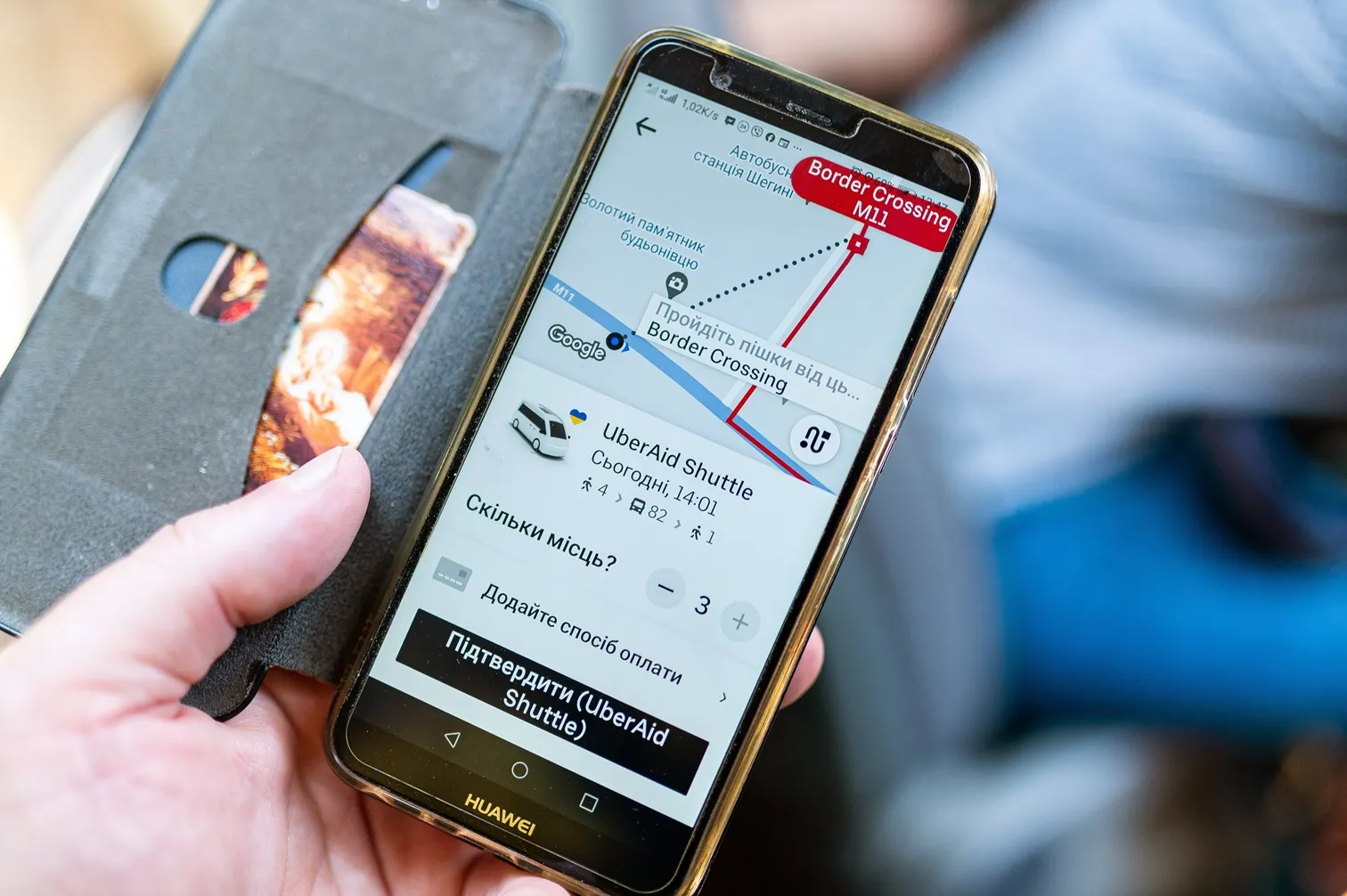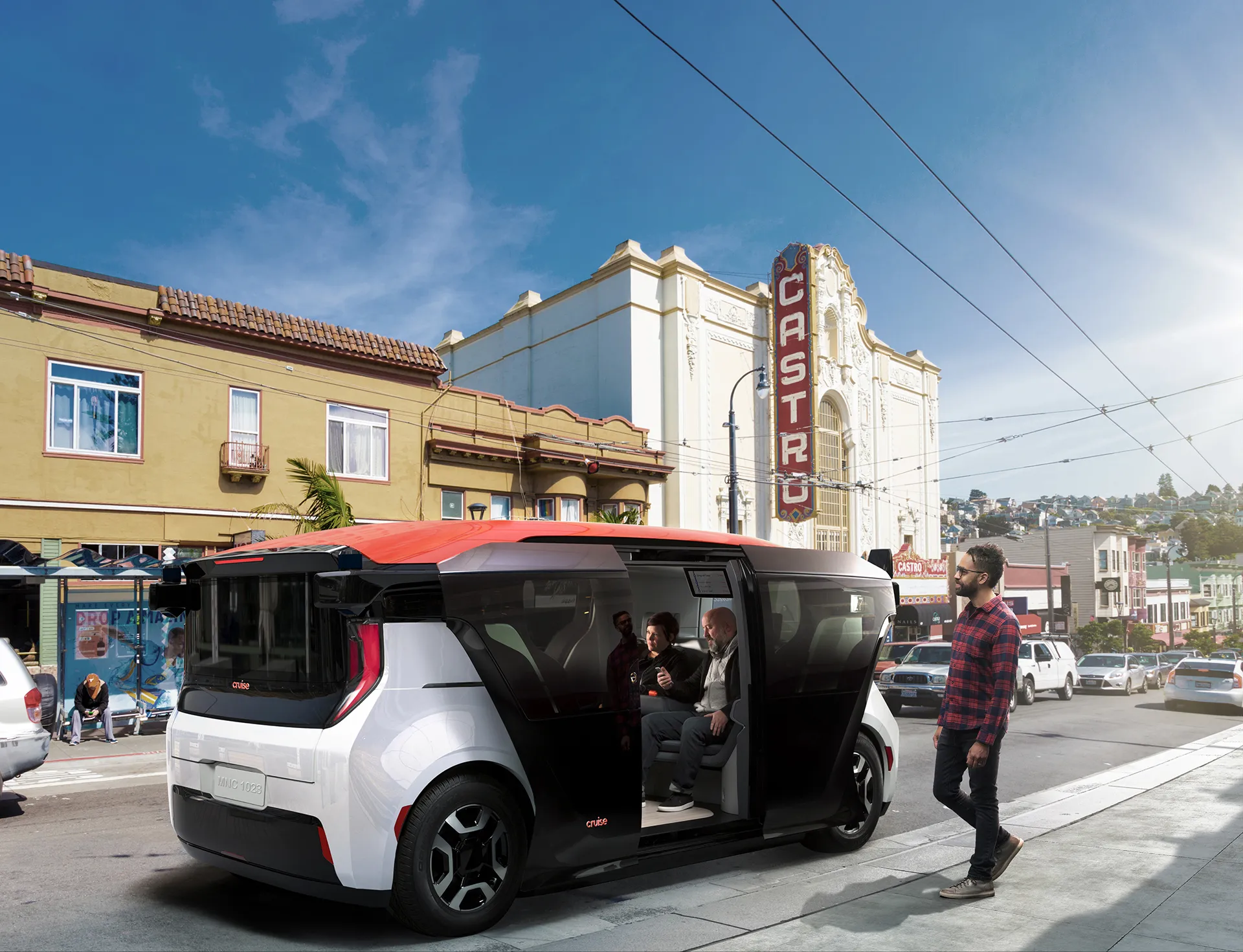Rear cameras are more effective than parking sensors at helping drivers avoid objects while travelling in reverse, but they don't help in every situation, a new Insurance Institute for Highway Safety (IIHS) study shows.
The study, conducted with volunteer drivers in an empty parking lot in the Los Angeles area, indicates that cameras would help prevent more reversing crashes into pedestrians in the vehicle's blind zone than parking sensors. Surprisingly, cameras by themselves worked better than sensors a
March 14, 2014
Read time: 3 mins
Rear cameras are more effective than parking sensors at helping drivers avoid objects while travelling in reverse, but they don't help in every situation, a new 7120 Insurance Institute for Highway Safety (IIHS) study shows.
The study, conducted with volunteer drivers in an empty parking lot in the Los Angeles area, indicates that cameras would help prevent more reversing crashes into pedestrians in the vehicle's blind zone than parking sensors. Surprisingly, cameras by themselves worked better than sensors and cameras combined.
An estimated 292 people are killed and 18,000 injured each year by drivers who back into them, usually in driveways or parking lots. Young children and elderly people are most likely to be killed in such crashes. Back-over risk is increased by the large blind zones of many vehicles, which prevent drivers from seeing objects behind the rear bumper, especially objects that are low to the ground. SUVs and pickup trucks typically have the biggest blind zones, and they are involved in more reversing crashes than cars.
The research with volunteer drivers was the second of two IIHS studies that looked at how parking sensors and backup cameras increase visibility and help drivers avoid reversing accidents. The first one measured the visibility of children to an average-size male driver in 21 vehicles, all 2010-13 models, and the degree to which each kind of technology improved visibility and detection.
In the visibility study, researchers used a pole painted with different bands to represent the average height and head size of a 12-15 month-old, a 2½-3 year-old and a 5-6 year-old. The pole was placed at various points behind each vehicle to see which portions of it were visible. The band representing the 12-15 month-old was much harder to see than the bands representing older children. On average, if it was anywhere within about 27 feet of the rear bumper, it couldn't be seen using glances and mirrors alone.
Without added technology, large SUVs were found to have the worst rear visibility, while small cars had the best. In general, the larger the vehicle, the worse the visibility.
However, the Hyundai Sonata, a midsize car, was an exception. At 263 square feet, its blind zone for a 12-15 month-old was 42 percent larger than that of the F-150 pickup truck. The Sonata's large blind zone is due in part to an extremely sloped rear window and tall rear trunk lid, while the F-150 benefited from large side mirrors designed to help with towing.
Backup cameras reduced the blind zone by about 90 percent on average. Parking sensors, which use ultrasonic sound waves or radar to detect objects around the vehicle, also reduced blind zones, but not as much. In the eight vehicles that had both technologies, the parking sensors had a small added benefit of 2-3 percentage points beyond the reductions provided by the cameras alone.
The study, conducted with volunteer drivers in an empty parking lot in the Los Angeles area, indicates that cameras would help prevent more reversing crashes into pedestrians in the vehicle's blind zone than parking sensors. Surprisingly, cameras by themselves worked better than sensors and cameras combined.
An estimated 292 people are killed and 18,000 injured each year by drivers who back into them, usually in driveways or parking lots. Young children and elderly people are most likely to be killed in such crashes. Back-over risk is increased by the large blind zones of many vehicles, which prevent drivers from seeing objects behind the rear bumper, especially objects that are low to the ground. SUVs and pickup trucks typically have the biggest blind zones, and they are involved in more reversing crashes than cars.
The research with volunteer drivers was the second of two IIHS studies that looked at how parking sensors and backup cameras increase visibility and help drivers avoid reversing accidents. The first one measured the visibility of children to an average-size male driver in 21 vehicles, all 2010-13 models, and the degree to which each kind of technology improved visibility and detection.
In the visibility study, researchers used a pole painted with different bands to represent the average height and head size of a 12-15 month-old, a 2½-3 year-old and a 5-6 year-old. The pole was placed at various points behind each vehicle to see which portions of it were visible. The band representing the 12-15 month-old was much harder to see than the bands representing older children. On average, if it was anywhere within about 27 feet of the rear bumper, it couldn't be seen using glances and mirrors alone.
Without added technology, large SUVs were found to have the worst rear visibility, while small cars had the best. In general, the larger the vehicle, the worse the visibility.
However, the Hyundai Sonata, a midsize car, was an exception. At 263 square feet, its blind zone for a 12-15 month-old was 42 percent larger than that of the F-150 pickup truck. The Sonata's large blind zone is due in part to an extremely sloped rear window and tall rear trunk lid, while the F-150 benefited from large side mirrors designed to help with towing.
Backup cameras reduced the blind zone by about 90 percent on average. Parking sensors, which use ultrasonic sound waves or radar to detect objects around the vehicle, also reduced blind zones, but not as much. In the eight vehicles that had both technologies, the parking sensors had a small added benefit of 2-3 percentage points beyond the reductions provided by the cameras alone.









